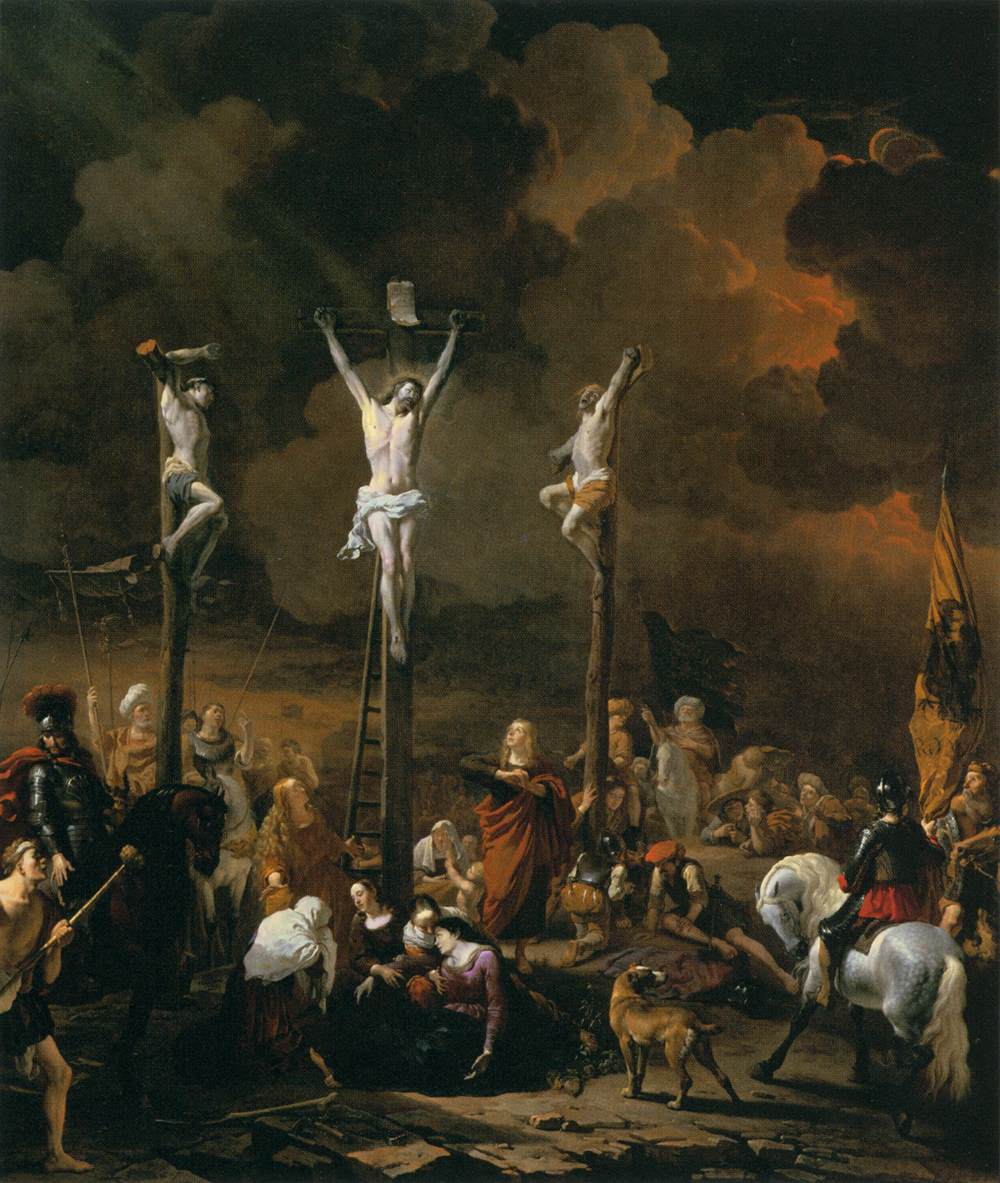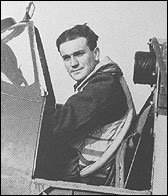Since we are travellers and pilgrims in the world, let us ever ponder on the end of the road, that is of our life, for the end of our roadway is our home (St Columban, 8th sermon).
12 September 2014
'So must the Son of Man be lifted up.' Sunday Reflections, The Exaltation of the Holy Cross.
29 May 2013
'Delay communions until adulthood, says priest' - Irish Examiner today
May is the month in Ireland when children make their First Holy Communion. Over the years it has become less and less a significant moment of faith in the lives of young Irish Catholics and more and more an extravagant family celebration where the Christian faith is no more than a background and very often lacking in the parents of the First Communicant.
Today's Irish Examiner carries a story under the headline Delay communions until adulthood, says priest. Fiachra Ó Cionnaith's report begins:
The claim has been made by a leading Catholic priest, who said the age-specific system has lost almost all connection to what is meant to be intended.
Speaking on RTÉ Liveline programme [a very popular phone-in radio show on the main national station] yesterday, Fr Paddy Byrne said the modern-day version of the religious rites of passage has become a 'hostile' event involving families who do not want to be there.
He said cultural changes in recent years mean many ceremonies now involve parents who have moved away from the Church, but feel peer pressure to allow their children to join the ceremonies.
In other cases, he said, otherwise religious families see the events more as family parties and opportunities for their children to be given money and presents.
The article quotes Fr Byrne: 85% of children taking first communion are not seen again by the Church. This figure may not be quite accurate as probably most of them will appear in church at least once after their First Holy Communion - for their Confirmation about five years later. Then for many, maybe most, it's 'Goodbye'.
TV3, a commercial station in Ireland, broadcast Modern Ireland - My First Holy Communion (video above) in 2009. It looks at three families, two Irish and a Nigerian family now living in Dublin. Ironically, the immigrant family is the most comfortable financially. For all three families the First Holy Communion of one of their children is a very important family event. One father hopes that it will bring his separated parents together for the occasion. Sadly, it doesn't.
But it is only the Nigerian family that clearly sees the day above all as a celebration of their Catholic faith and an occasion they hope will be one of a deepening in his faith of the young boy making his First Holy Communion.
The excerpts from the Mass in County Louth shown in the video made me shudder.
Céad míle fáilte romhat, a Íosa, a Íosa,
Céad míle fáilte romhat, a Íosa,
Céad míle fáilte romhat, a Shlánaitheoir
Céad míle míle fáilte romhat, a Íosa, a Íosa...
Glóir agus moladh duit, a Íosa, a Íosa,
Glóir agus moladh duit, a Íosa,
Glóir agus moladh duit, a Shlánaitheoir,
Glóir, moladh agus buíochas duit, a Íosa, a Íosa...
Céad míle fáilte romhat, a Shlánaitheoir,
Céad míle míle fáilte romhat, a Íosa, a Íosa...
IN ENGLISH / SA BHÉARLA
A hundred thousand welcomes to you, o Jesus, o Jesus,
A hundred thousand welcomes to you, o Jesus,
A hundred thousand welcomes to you, o Saviour,
A hundred thousand welcomes to you, o Jesus, o Jesus...
Glory and praise to you, o Jesus, o Jesus,
Glory and praise to you, o Jesus,
Glory and praise to you, o Saviour,
Glory, praise and thanks to you, o Jesus, o Jesus...
A hundred thousand welcomes to you, o Saviour,
A hundred thousand welcomes to you, o Jesus, o Jesus...
20 July 2012
'Come away . . . and rest a while'. Sunday Reflections, 16th Sunday in Ordinary Time Year B
Readings (New American Bible: Philippines, USA)
Gospel Mark 6:30-34 (Revised Standard Version – Catholic Edition)
11 July 2012
70th Death Anniversary of Wing Commander Brendan 'Paddy' Finucane
16 January 2012
Two million honour the Santo Niño (Holy Child) in Cebu City
11 May 2009
'What would Jesus do (or say)?'
 Pope Benedict at Wadi Kharrar, Jordan, the reputed location of Jesus' baptism by St John the Baptist.
Pope Benedict at Wadi Kharrar, Jordan, the reputed location of Jesus' baptism by St John the Baptist.What would Jesus do?’ is an expression I come across fairly often in comments in blogs. It is often, though not always, accompanied by a viewpoint at variance with the teaching of the Church. Wikipedia traces the popularity, though not the origin, of the phrase, to an 1896 novel by American writer Charles Sheldon, In His Steps. (You have to careful in referring to or quoting Wikipedia. Today’s Irish Times carries a story of how shocked an Irish university student was when he discovered that a quote he wrote and attributed to French composer Maurice Jarre after his death in March and placed on Wikipedia, was quoted in papers throughout the world. The student eventually emailed them to tell them that it was a hoax, though by way of an experiment rather than an effort to deceive anyone).
28 August 2008
Was St Monica an 'Irish mother'?
 I had a pleasant lunch today at Colegio de San Augustin-Bacolod as the Augustinian Friars celebrated the feast of the great St Augustine (354-430). Present too were the Augustinian Sisters of Our Lady of Consolation who run La Consolacion College, beside San Sebastian Cathedral here in Bacolod. This congregation was founded in the Philippines and has more than 230 sisters. Some of the friars of the Augustinian Recollects, known in the Philippines as the Recoletos, were also present. They own the University of Negros Occidental-Recoletos (UNO-R) here in Bacolod.
I had a pleasant lunch today at Colegio de San Augustin-Bacolod as the Augustinian Friars celebrated the feast of the great St Augustine (354-430). Present too were the Augustinian Sisters of Our Lady of Consolation who run La Consolacion College, beside San Sebastian Cathedral here in Bacolod. This congregation was founded in the Philippines and has more than 230 sisters. Some of the friars of the Augustinian Recollects, known in the Philippines as the Recoletos, were also present. They own the University of Negros Occidental-Recoletos (UNO-R) here in Bacolod.Both the Augustinian and Recollect friars played a large part in the evangelization of the Philippines in Spanish times.
The second reading in the Office of Readings for the feast of St Monica (332-387) yesterday always brings a smile to my face and leads me to ask, ‘Was St Monica an “Irish mother”?’ St Augustine’s brother had said to their mother when she was dying that it might be better if she died in her homeland in north Africa, rather than in Italy. The extract from St Augustine’s Confessions goes on: But as she heard this she looked at me and said: ‘See the way he talks’. And then she said to us both: ‘Lay this body where it may be. Let no care of it disturb you: this only I ask of you that you should remember me at the altar of the Lord wherever you may be’.
The latter part of the last quotation appears on innumerable memorial cards and I don’t know of a better request for prayers for the dead. But it’s the ‘See the way he talks’ that makes me smile. May’s the time I heard my own mother – and other Irish mothers – say, nearly always in a family-type context, ‘Did you ever hear such nonsense?’ It’s the kind of thing that only people intimately related can say to one another, conveying gentle criticism/a reprimand and affection at the same time.
Both St Monica and St Augustine were from the north-east of present-day Algeria. Hippo, where Augustine was bishop, is also located in Algeria. Today there is hardly a trace of Christianity in most of north Africa. Is Europe heading the same way? Our faith is a gift. We can lose it as individuals and as communities, as I often remind people.











.jpg)

